Piriformis syndrome is a condition characterized by pain, numbness, and tingling sensations in the buttocks and down the leg. Finding a permanent cure for piriformis syndrome is crucial for individuals seeking long-lasting relief. By addressing the underlying causes and implementing effective treatment approaches, it is possible to achieve a permanent solution to this debilitating condition.
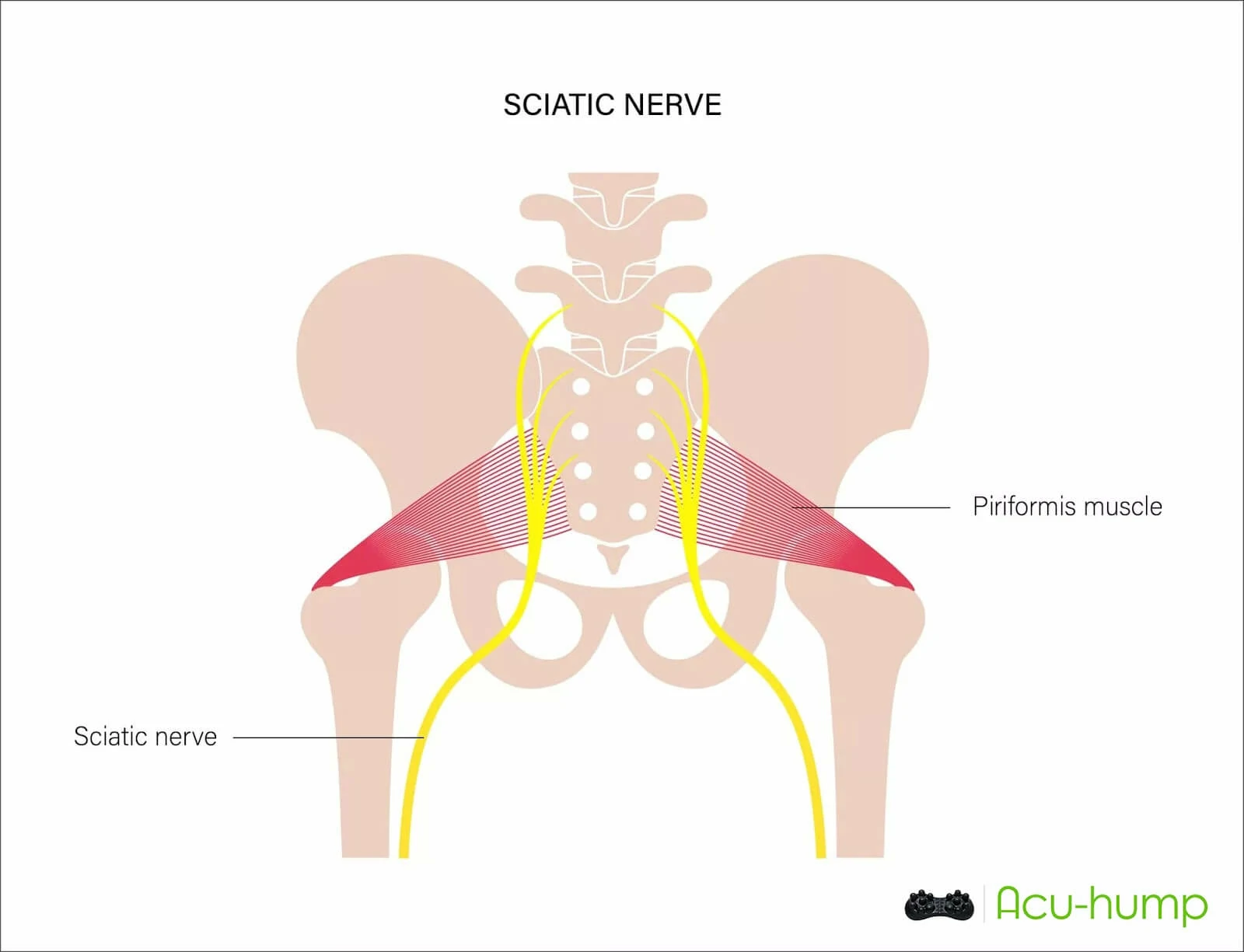
The Causes of Piriformis Syndrome
Piriformis syndrome can be caused by various factors, including muscle imbalances, overuse, trauma, or poor posture. Imbalances in the hip and pelvis can lead to tension and inflammation in the piriformis muscle, resulting in the compression of the sciatic nerve. Identifying and addressing these causes is key to finding a permanent cure.
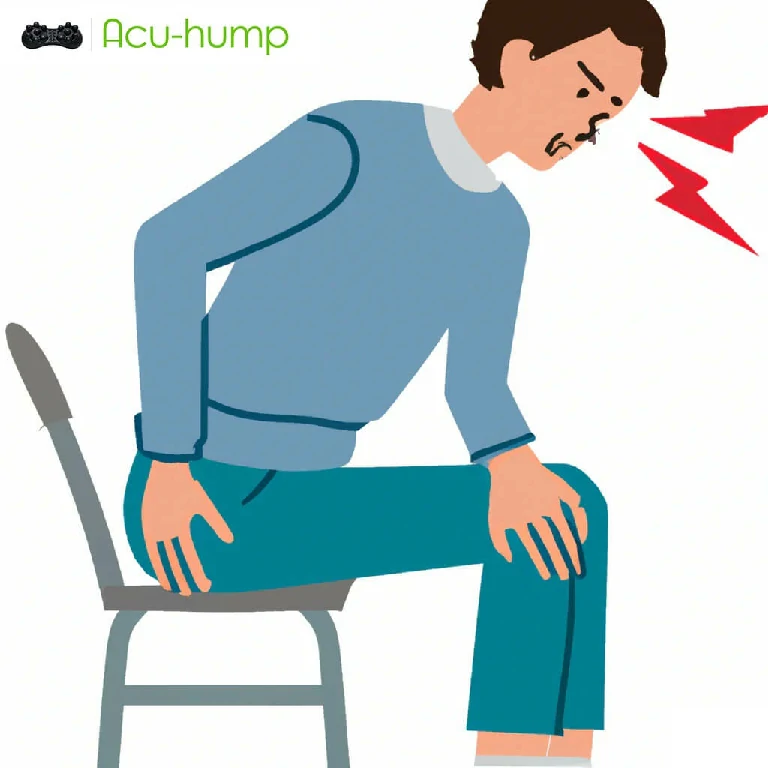
Diagnosis and Evaluation
Diagnosing piriformis syndrome involves a thorough physical examination and a review of the patient’s medical history. It is crucial to consult medical professionals who are experienced in diagnosing and treating this condition. Their expertise will ensure an accurate diagnosis and effective treatment plan.
Treatment Approaches
Physical Therapy
Physical therapy plays a vital role in curing piriformis syndrome. A specialized program of exercises, stretches, and manual therapy can correct muscle imbalances, improve flexibility, and alleviate pain. Physical therapists can also provide guidance on proper form and technique to prevent further injury.
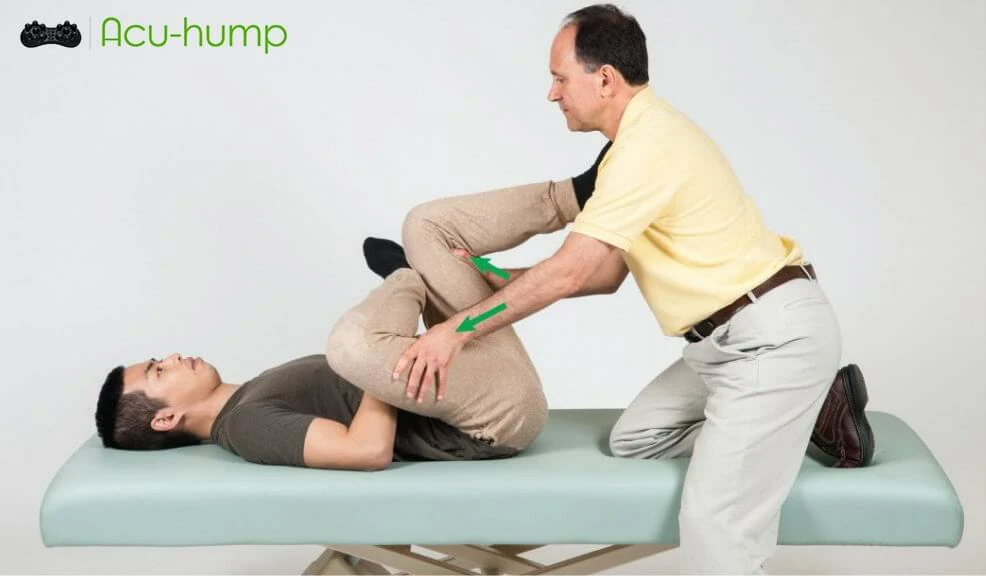
Chiropractic Care
Chiropractic adjustments and manipulations can help realign the spine and pelvis, reducing pressure on the piriformis muscle. Chiropractors take a holistic approach, addressing the root causes of the syndrome and promoting overall wellness through spinal adjustments, soft tissue massage, and rehabilitative exercises.
Myofascial Release Techniques
Myofascial release techniques, such as foam rolling or trigger point therapy, target specific areas of tension and tightness in the piriformis muscle. These techniques help release adhesions and muscle knots in the buttocks, allowing the muscle to return to its normal function. Consistent application of these techniques can provide long-term relief.
Lifestyle Changes and Self-Care
Maintaining Proper Posture
Maintaining good posture is crucial in preventing the recurrence of piriformis syndrome. Poor posture can contribute to imbalances in the muscles surrounding the hips and pelvis, leading to increased strain on the piriformis muscle. By consciously maintaining an upright posture and avoiding slouching or hunching, individuals can reduce unnecessary stress on the piriformis muscle and promote proper alignment of the spine.
Regular Exercise
Engaging in regular exercise is essential for strengthening the supporting muscles around the hips and pelvis. Strengthening exercises targeting the glutes, hip abductors, and core muscles can help improve muscle balance, stability, and overall body mechanics. By strengthening these muscles, the workload can be distributed evenly, reducing strain on the piriformis muscle and decreasing the likelihood of future flare-ups.
Achieving a Healthy Weight
Maintaining a healthy weight is crucial as excess weight can put added stress on the muscles and joints, including the piriformis muscle. Losing weight through a combination of regular exercise and a balanced diet can help alleviate the strain on the piriformis muscle, reducing the likelihood of recurring symptoms.
Practicing Good Ergonomics
Improving ergonomics in daily activities can play a significant role in preventing piriformis syndrome. This can include using supportive chairs with proper lumbar support, maintaining an ergonomic workstation setup, and practicing good lifting techniques. By ensuring proper body mechanics and support during daily activities, unnecessary strain on the piriformis muscle can be minimized.
Regular Stretching Exercises
Incorporating regular stretching exercises that target the hip and gluteal muscles is crucial in maintaining flexibility and preventing the piriformis muscle from tightening. Stretching exercises such as the supine piriformis stretch and seated figure-four stretch can help release tension in the piriformis muscle and promote optimal muscle length. By incorporating these stretches into a daily routine, individuals can keep their piriformis muscle supple and reduce the risk of developing piriformis syndrome.
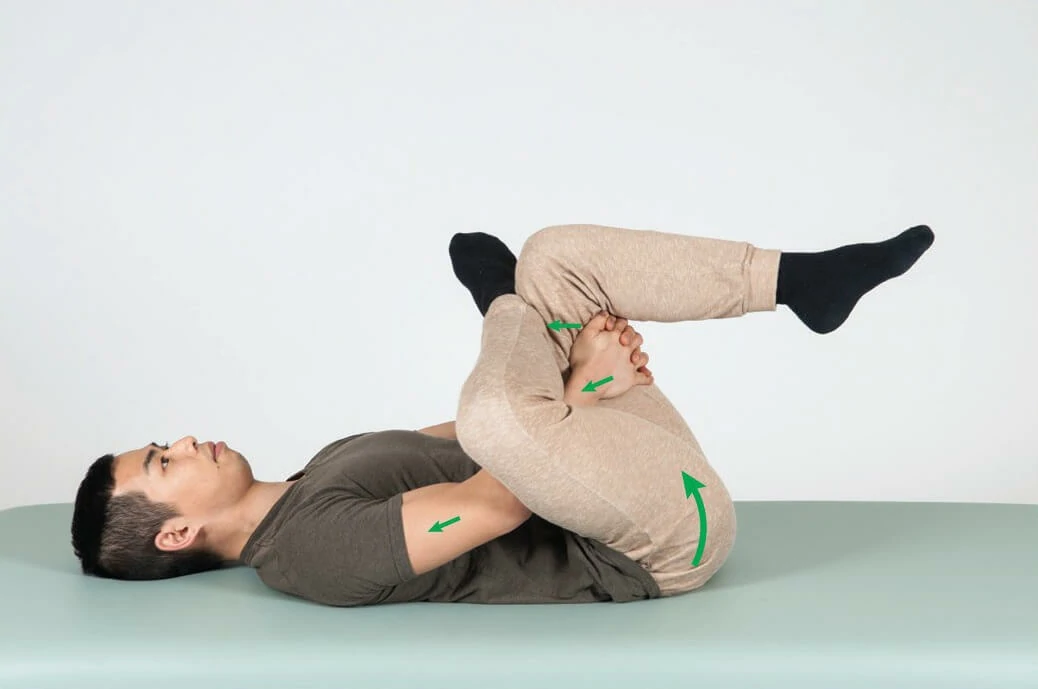
Alternative Therapies
In addition to conventional treatment approaches, alternative therapies may provide supportive measures for the permanent cure of piriformis syndrome. Acupuncture, for example, can help restore the body’s energy flow and reduce pain and inflammation. Herbal remedies, such as anti-inflammatory herbs, may also have beneficial effects. Massage therapy, especially techniques like deep tissue massage or active release therapy, can help release tension and improve blood flow to the affected area. It is important to consult with qualified practitioners experienced in these therapies to ensure their safety and effectiveness.
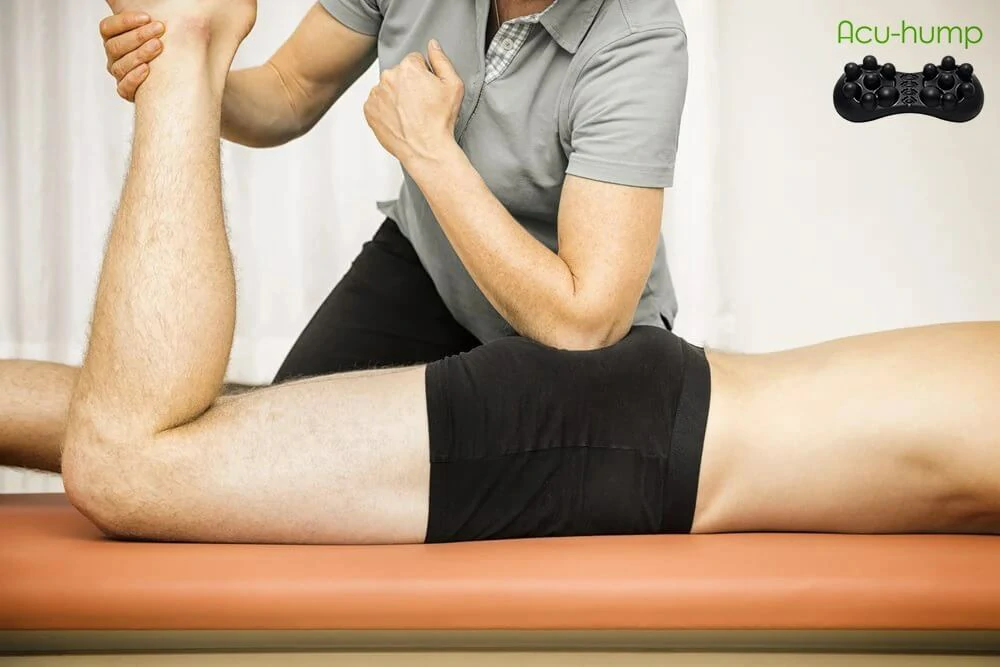
Surgical Options
In certain cases, when conservative treatments fail to provide relief, surgical intervention may be considered. Surgical options for piriformis syndrome involve the removal of the piriformis muscle to alleviate the compression of the sciatic nerve. This surgical procedure, known as piriformis release surgery or piriformis muscle release surgery, aims to permanently release the tension and pressure on the sciatic nerve, going away from piriformis syndrome.
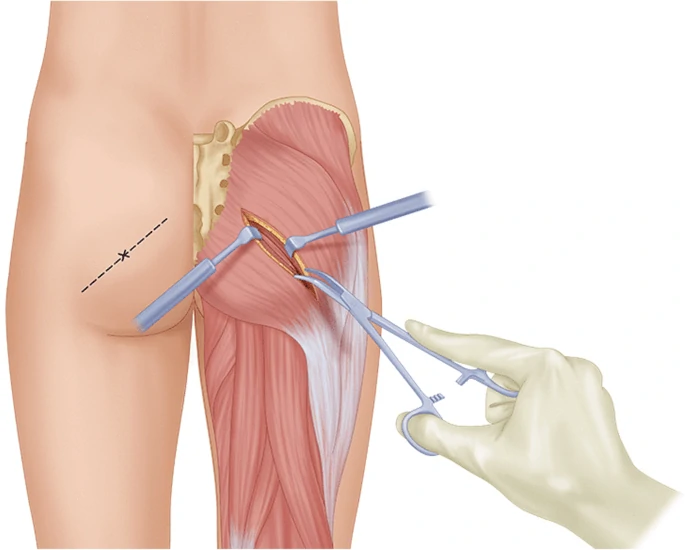
How is the surgery performed?
During the surgery, the piriformis muscle, which is identified as the primary source of compression on the sciatic nerve, is either partially or completely removed. The procedure typically involves a small incision in the buttock area, through which the surgeon carefully accesses and dissects the affected muscle fibers, allowing for decompression of the nerve. This surgical option directly addresses the root cause of piriformis syndrome by eliminating the source of compression and irritation on the sciatic nerve.
Is it necessary?
It is important to note that surgery for piriformis syndrome is usually considered a last resort after all other treatment approaches have been exhausted. This is because, like all surgical procedures, it carries certain risks and requires a period of recovery. Additionally, surgery may not be suitable or necessary for every individual with piriformis syndrome. It is essential for patients to consult with a qualified healthcare professional who can thoroughly assess their condition and discuss the potential risks and benefits of surgical intervention.
Can it be completely resolved after surgery?
Following surgery, a tailored rehabilitation program is typically recommended to aid in the recovery process and optimize outcomes. This may include physical therapy, exercises, and stretches to restore strength, flexibility, and range of motion in the surrounding muscles and tissues.
It is important to understand that while surgical intervention can provide a permanent solution for piriformis syndrome by removing the source of compression, it does carry potential risks and is generally reserved for severe cases where other treatments have failed. The decision to undergo surgery should be made in consultation with healthcare professionals, weighing the potential benefits against the associated risks and considering the individual’s specific circumstances.
Acu-hump Release Piriformis
For individuals seeking a natural approach to prevent and relieve piriformis syndrome, the Acu-hump tool can be beneficial. This specialized tool provides deep tissue massage by targeting the trigger points in the buttock area, releasing tension in the piriformis muscle. It can also be incorporated into stretching exercises to enhance their effectiveness.
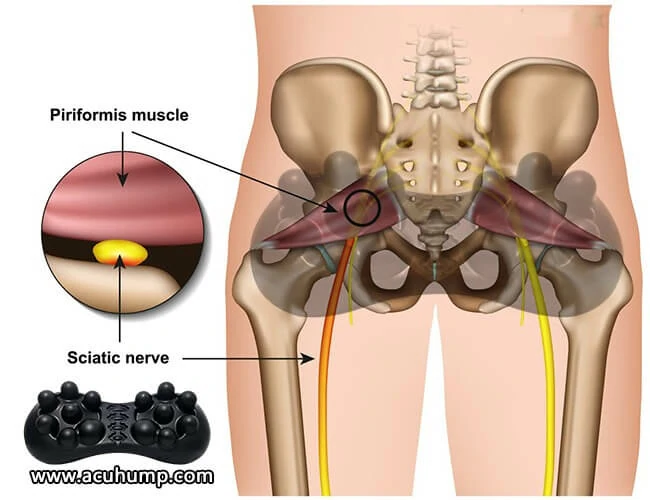

Acu-hump: 30-day return policy.
You have no risk.
Why it works
The Acu-hump tool is designed with 14 raised bumps that mimic the pressure provided during deep tissue, trigger point, and Traditional Chinese Medicine massages. These bumps are strategically placed based on the common trigger point locations for piriformis syndrome. They provide targeted penetration of the buttock muscles, reaching a depth of 1-2 centimeters. Additionally, the overall shape of the tool allows for gentle muscle stretching.
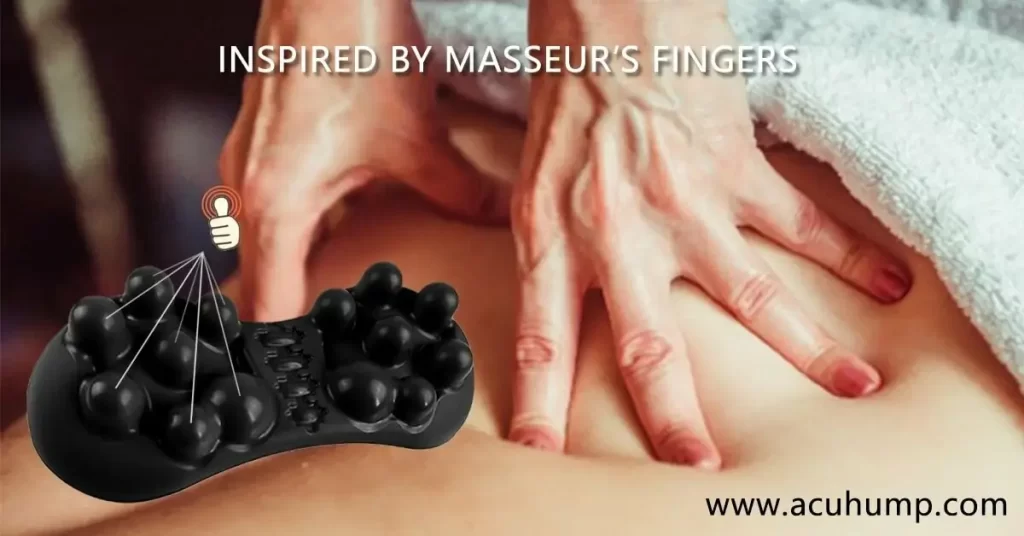

Acu-hump®
Release Butt & Lower Back
How to use the Acu-hump
When using the Acu-hump, it is important to approach it with caution and start slowly, especially if you are new to self-massage or have a severe condition. Place the tool on a flat surface, sit on top of it, and gently roll it back and forth over the affected area. Pay attention to any discomfort or pain and adjust the pressure accordingly.

Acu-hump: 30-day return policy. No risk for you.
In addition to self-massage, the Acu-hump tool can be used during stretching exercises to further enhance their effect. Perform a series of 6 movements using the tool for a total of 10 minutes. These exercises target the piriformis muscle and surrounding muscles, helping to relieve tension, promote relaxation, and alleviate sciatic pain.
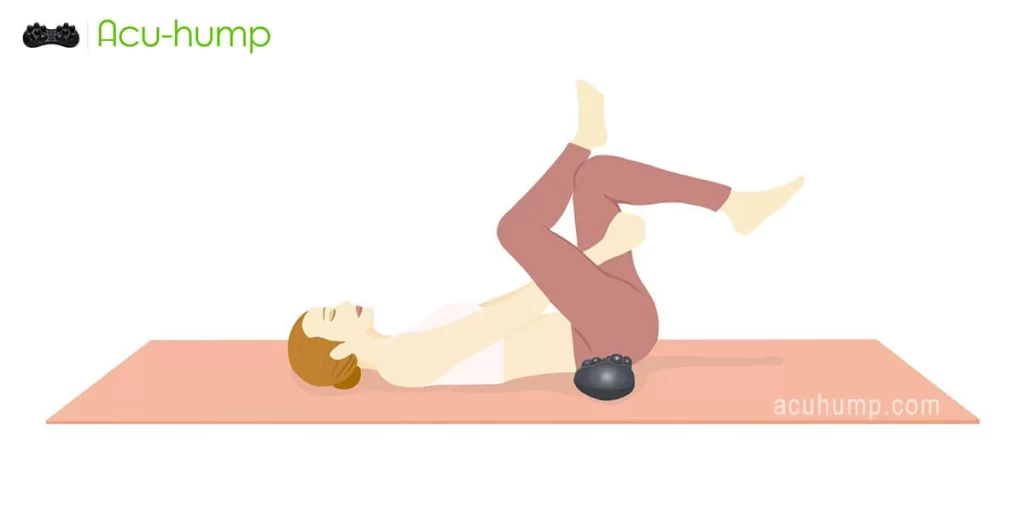
Acu-hump: Full refund policy. No risk for you.
Prevention and Maintenance
To prevent the recurrence of piriformis syndrome, it is essential to maintain a proactive approach to one’s health. This includes regularly engaging in exercises and stretches that promote muscle balance and flexibility. Maintaining proper posture and using ergonomic principles in daily activities are crucial. Additionally, staying active, managing stress levels, and adopting a healthy lifestyle with a balanced diet and adequate hydration can contribute to overall musculoskeletal health and prevent the reemergence of piriformis syndrome.
The quest for a permanent cure for piriformis syndrome involves addressing underlying causes, implementing effective treatment approaches tailored to each individual, and adopting proactive self-care practices. By combining physical therapy, chiropractic care, myofascial release techniques, lifestyle changes, Acu-hump tool and alternative therapies, it is possible to find lasting relief from piriformis syndrome.
Acu-hump® Release Piriformis Muscles
However, it is important to consult with medical professionals and follow their guidance throughout the healing process. With a comprehensive and proactive approach, individuals can reclaim their pain-free lives and prevent the recurrence of piriformis syndrome.
